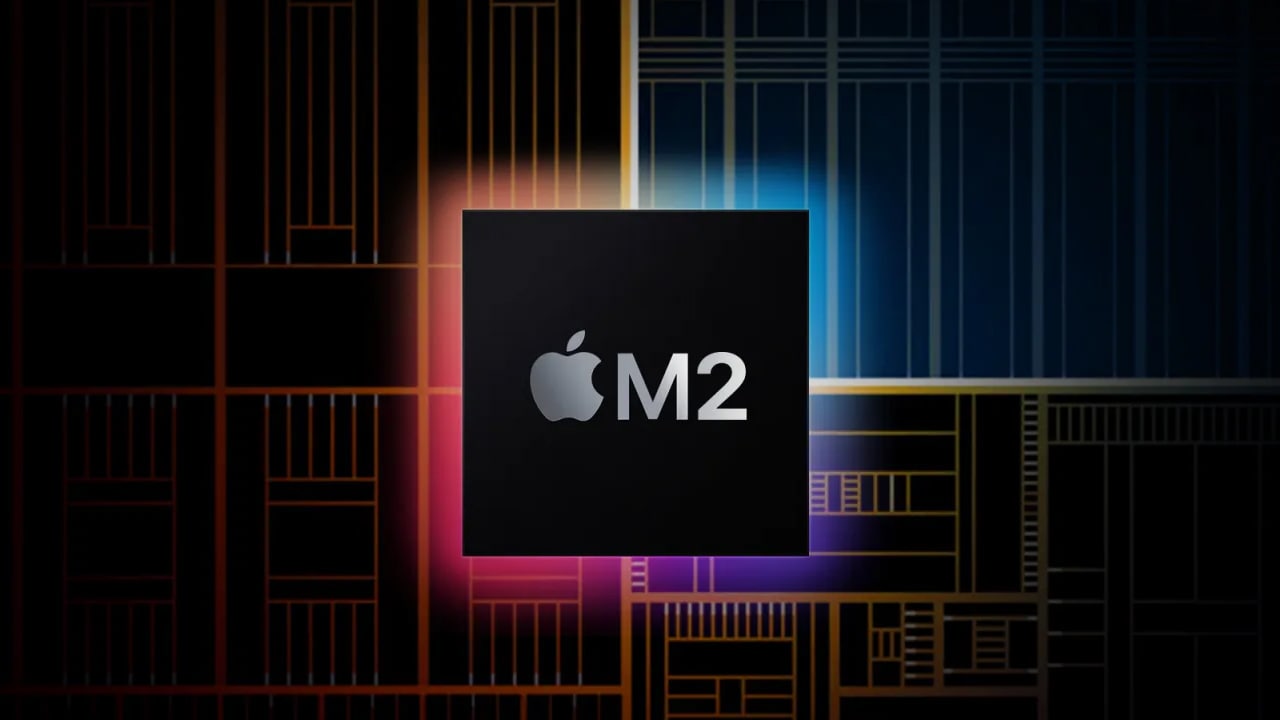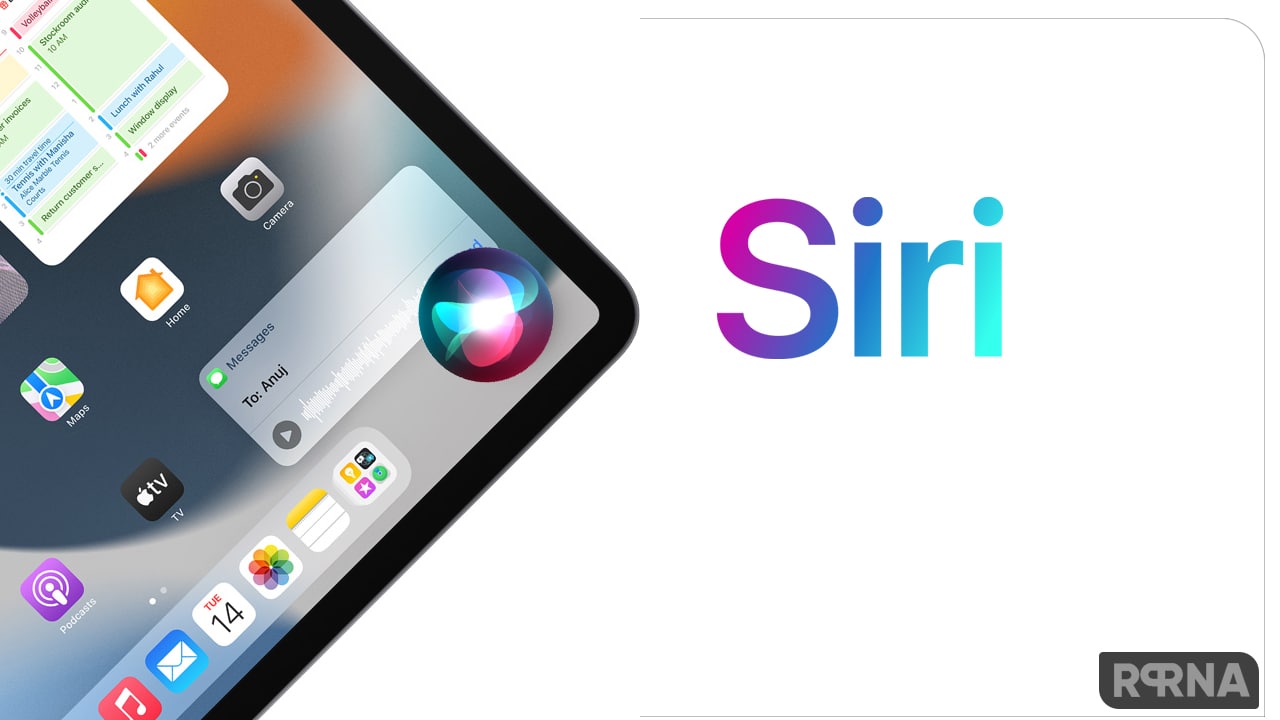Apple today released the new MacBook Air and 13-inch MacBook Pro models equipped with the new M2 chip. And now Apple’s next-generation M-series chip M3 has been revealed. According to the revealer, M3 is currently under design, the project code is called Palma, and it is expected to be taped out in 2023 / Q3, using TSMC’s 3nm process.
Semiconductor manufacturing company TSMC has increased shipments of its 5nm process technology family. It’s the most advanced technology in TSMC’s product portfolio, and the fab hopes to move toward a 3nm process later this year.
In April of this year, Bloomberg’s Mark Gurman said that Apple is developing an iMac product equipped with the M3 chip, which will be released as early as the end of next year. In addition, he also said that the iMac Pro will still be released, and the release time may be later.
JOIN US ON TELEGRAM
The Information says some M3 chips will have as many as four dies, which could translate to as many as 40-core CPUs for these chips, while the M1 chips are 8-core and the M1 Pro and M1 Max chips are 10-core.
Moreover, Apple released the M2 chip, and from then on, the Apple chip designed and built for the Mac officially entered a new generation. Using the second-generation 5nm technology, the M2 chip brings a further breakthrough in the industry-leading energy consumption ratio of the M1 chip.
The speed of the central processing unit is increased by 18%, the performance of the graphics processor is increased by 35%, and the speed of the neural network engine is even faster. up as much as 40%. In addition, the M2 chip also has 50% more memory bandwidth than the M1 and is equipped with up to 24 GB of fast unified memory.
 In addition to these impressive performance improvements, the M2 chip brings new custom technologies and improved power efficiency, all of which are added to the completely redesigned MacBook Air and the new 13-inch MacBook Pro.
In addition to these impressive performance improvements, the M2 chip brings new custom technologies and improved power efficiency, all of which are added to the completely redesigned MacBook Air and the new 13-inch MacBook Pro.
The SoC chip of the M2 chip adopts an enhanced second-generation 5-nanometer process, which integrates a total of 20 billion transistors, an increase of 25% compared to the M1 chip. The new transistors improve all aspects of the chip’s performance, including a memory controller that achieves a unified memory bandwidth of 100GB/s, which is as much as 50% higher than the M1 chip. And thanks to high-speed unified memory of up to 24GB, the M2 chip can handle larger and more complex tasks.
The central processing unit of the new chip uses a faster high-performance core and a larger cache, and the high-efficiency core has also been greatly increased, further improving performance. Therefore, the multi-threaded processing performance of the M2 chip is 18% higher than that of the M1 chip, and tasks that require a lot of CPU can be easily completed with very low power consumption, such as creating music with rich sound effects or applying complex functions to photos.
Compared with the latest 10-core PC notebook chips, the central processing unit of the M2 chip can achieve nearly twice the performance at the same power consumption level. In addition, the M2 chip consumes only 1/4 the power of the aforementioned PC notebook chips at peak performance.
Compared with the latest 12-core PC notebook chips, the M2 chip can reach nearly 90% of its peak level performance with only 1/4 the power consumption of the former, and the former must greatly increase the power consumption to achieve the performance improvement, resulting in The entire system is larger, generates more heat, makes more noise, and has shorter battery life.
The M2 chip also uses Apple’s next-generation graphics processor with up to 10 cores, two more than the M1 chip. Thanks to the larger cache and higher memory bandwidth, the graphics performance of the 10-core graphics processor has been greatly improved, and the graphics performance at the same power consumption level is up to 25% higher than that of the M1 chip, and at the highest power consumption level, its performance is up to 35% higher than that of the M1 chip.
Compared to the integrated graphics processor of the latest PC notebook chips, the graphics processor of the M2 chip runs 2.3 times faster at the same power consumption level and requires only 1/5 the power consumption of the former to reach its peak level performance. The higher power consumption ratio of the M2 chip allows the system to achieve exceptional battery life while maintaining extremely low heat and noise, even when playing complex games or editing large RAW images.










